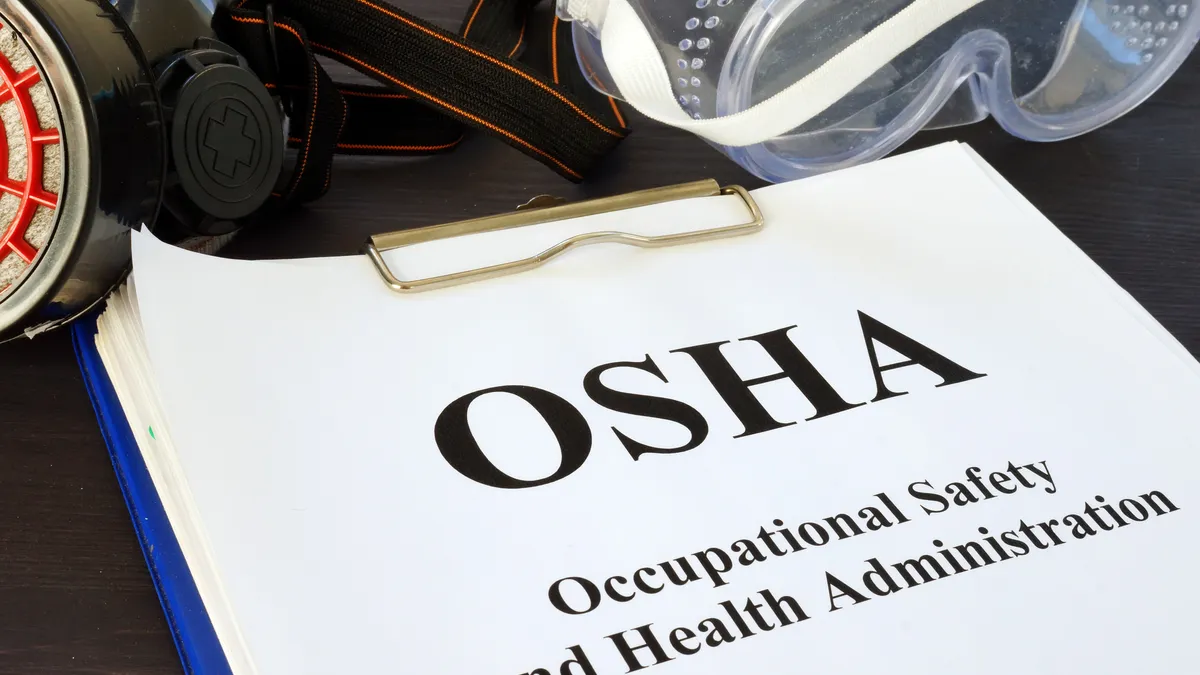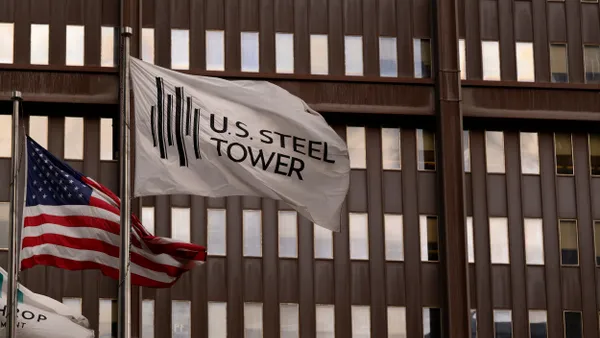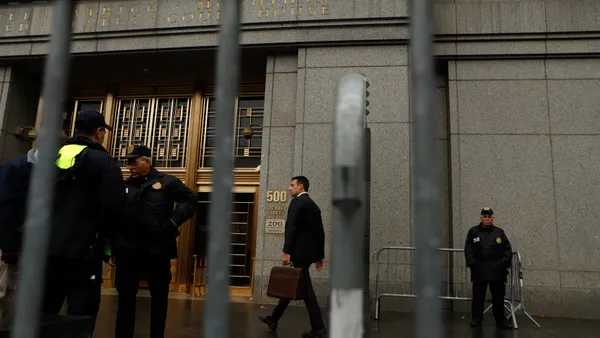New legislation designed to do away with OSHA at a federal level will not move forward, an employment attorney said.
Rep. Andy Biggs, R-Ariz., last month proposed the Nullify Occupational Safety and Health Administration Act, which would abolish the Occupational Safety and Health Act of 1970 that created OSHA.
Biggs introduced similar legislation in 2021, which stalled out after it was referred to the House Committee on Education and Labor.
“OSHA’s existence is yet another example of the federal government creating agencies to address issues that are more appropriately handled by state governments and private employers,” Biggs said in a statement in 2021.
Phillip Russell, Tampa, Florida-based OSHA and employment lawyer for Ogletree Deakins, said that the new bill will not pass, as OSHA plays a vital role in workplace safety.
“I think that’s got zero chance of that thing ever seeing the light of day,” Russell said. “I believe the agency serves an important role, but it just needs to be more focused, it needs to stay within its statutory authority, and it needs to be effective.”
When asked if he thought President Donald Trump could support the bill, Russell said, “I really don’t know. There have been so many surprises.”
Even if Trump did support it, Russell said, Republicans would have to get rid of the filibuster in the Senate, which he does not see as likely.
Rule changes
Nevertheless, the Trump administration has taken other actions in recent days that could impact the agency, such as pausing rulemaking and attempts to cut departments’ and agencies’ head counts.
On Jan. 20, Trump issued a memorandum directing executive agencies to stop proposing or issuing rules until a department head appointed by the president can review and approve them.
It also immediately withdrew rules that have been sent to the Office of the Federal Register but have not yet been published, according to a Feb. 4 blog post from Ogletree Deakins.
Due to these moves, it appears that the directive halts the implementation of the agency’s heat injury and illness standard, per Ogletree Deakins. Already-issued updates, such as the walkaround rule and a construction standard requiring well-fitting personal protective equipment remain in effect, the blog said.
The pause to the heat illness rule is “no surprise,” Russell told Construction Dive.
OSHA’s open comment period for the heat rule closed on Dec. 30, and Russell said it can take months to review comments. Trump’s return to the White House means the rule will likely never go into effect. On Jan. 31, an executive order from Trump directed agencies to identify 10 rules or regulations to repeal every time they wish to issue one new one.
“I don’t think you’re going to feel so strongly about that particular heat illness standard, especially in the light of those public comments opposing it,” Russell said.
The president’s nominee for Department of Labor, Lori Chavez-DeRemer, awaits confirmation, and no new head of OSHA has been named yet, but Russell said he doubts anyone chosen would elect to get rid of 10 rules to make the heat standard a reality.
Head count reduction
Trump’s team has attempted to reduce head count at federal agencies by offering federal workers a buyout. Employees at many agencies were given the option to resign from their jobs by last Thursday in exchange for going on leave with pay through the end of September.
A federal judge in Boston has temporarily halted that buyout, Reuters reported. Nevertheless, it remains clear that it reflects Trump’s intention of shrinking the federal workforce.
Meanwhile, Trump has mandated that federal workers return to their offices, ending COVID-era policies that offered more remote or hybrid options. Russell said both a return to office and a reduction in the federal workforce could be positive for OSHA.
“I think that could substantially help the development of some of the newer compliance officers,” Russell said of the return-to-office policy. “Maybe the efforts to make the agency more lean will make it more focused.”















